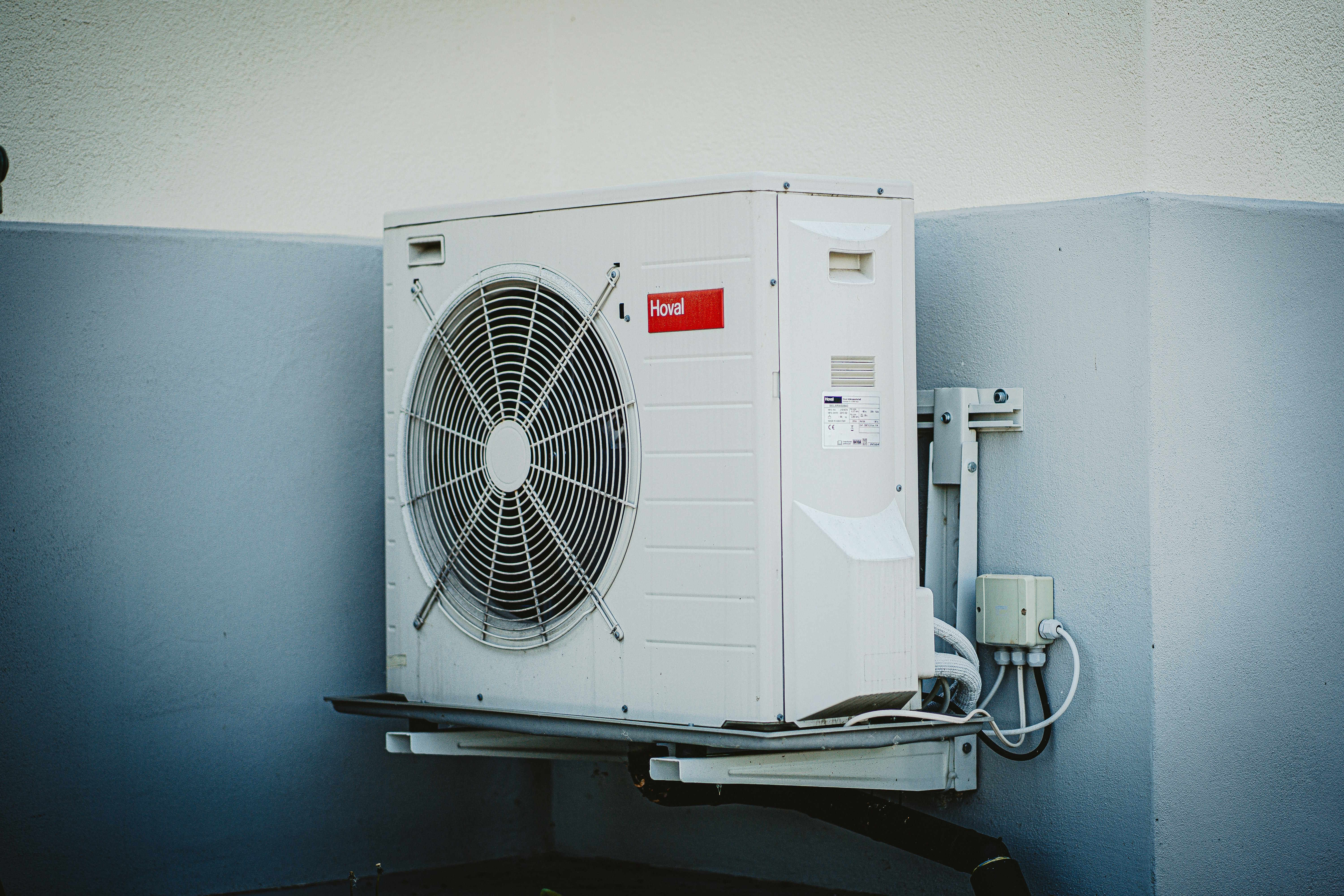No-Outdoor-Unit Air Conditioners: Space-Saving Cooling for Apartments
Air conditioners without outdoor units, sometimes called ductless or compact systems, provide cooling without requiring external equipment. These units can be installed in indoor spaces to regulate temperature, offering a practical solution for homes or rooms with limited outdoor access.

Air conditioning has become essential for comfortable living in many regions, but traditional split systems require outdoor condensers that may not be feasible in apartment settings. Air conditioners without outdoor units provide an elegant solution to this common problem, offering effective cooling without the need for external components.
How Do Air Conditioners Without Outdoor Units Work?
Unlike conventional split systems, air conditioners without outdoor units operate using a self-contained design. These systems typically feature a single unit that mounts directly to an exterior wall. They draw in outside air for heat exchange through small openings in the wall, eliminating the need for a separate outdoor condenser unit.
The technology behind these systems involves a heat exchange process where warm indoor air passes over cooling coils, and the resulting heat is expelled outside through small vents. This design allows for effective temperature control while maintaining a compact footprint, making them ideal for apartments and spaces with installation limitations.
Benefits of Wall-Mounted Air Conditioners Without Outdoor Units
Wall-mounted air conditioners without outdoor units offer numerous advantages for apartment dwellers. First, they provide a streamlined aesthetic appearance with only a single indoor unit visible from inside the living space. This eliminates the eyesore of bulky outdoor units on balconies or exterior walls.
Installation is typically simpler than traditional split systems, requiring only a small opening in the exterior wall rather than extensive ductwork or large outdoor mounting spaces. This makes them particularly suitable for retrofitting in older buildings where structural modifications might be limited.
Additionally, these systems often operate more quietly than conventional units since the noisiest components are designed with sound insulation. For apartment residents concerned about noise pollution or disturbing neighbors, this represents a significant benefit.
Energy-Efficient Air Conditioners Without Outdoor Units
Modern air conditioners without outdoor units have made significant strides in energy efficiency. Many models now feature inverter technology that adjusts compressor speed based on cooling needs rather than cycling on and off, resulting in more consistent temperatures and reduced energy consumption.
Some units incorporate heat pump functionality, allowing them to provide both heating and cooling from a single system. This dual-purpose capability can be especially valuable in apartments with limited space for multiple climate control systems.
Energy efficiency ratings have improved substantially in recent years, with many models achieving impressive Seasonal Energy Efficiency Ratio (SEER) ratings. When shopping for these systems, look for Energy Star certification and high SEER numbers to ensure optimal efficiency and lower operating costs.
Installation Considerations for Apartments
Before purchasing an air conditioner without an outdoor unit for an apartment, several factors warrant consideration. First, building regulations and landlord permissions are crucial—many buildings have specific rules regarding modifications to exterior walls, even for small ventilation holes.
Wall thickness and composition also matter significantly. These units require a specific wall thickness range to function properly, typically between 12-24 inches depending on the model. Extremely thick or thin walls might require special installation adaptations.
Proper placement is essential for optimal performance. Units should be positioned away from direct sunlight to prevent overworking and ideally on walls with minimal exposure to prevailing winds or weather conditions that might affect operation.
Comparing Popular Air Conditioners Without Outdoor Units
The market offers several reliable options for those seeking air conditioners without outdoor units. Understanding the differences between available models can help apartment dwellers make informed decisions based on their specific needs and constraints.
| Model | Cooling Capacity | Energy Efficiency | Noise Level | Price Range |
|---|---|---|---|---|
| Olimpia Splendid Unico Air | 8,000 BTU | A+ Rating | 27-38 dB | $1,100-$1,400 |
| Gree Shiny | 9,000 BTU | A++ Rating | 26-39 dB | $950-$1,200 |
| Innova 2.0 | 10,000 BTU | A Rating | 29-41 dB | $1,300-$1,600 |
| Klimaire KSIN | 12,000 BTU | A+ Rating | 30-42 dB | $1,400-$1,800 |
| Cooper & Hunter Sophia | 9,000 BTU | A Rating | 28-40 dB | $900-$1,100 |
Prices, rates, or cost estimates mentioned in this article are based on the latest available information but may change over time. Independent research is advised before making financial decisions.
Maintenance and Longevity of Ductless Air Conditioners
Proper maintenance significantly extends the lifespan of air conditioners without outdoor units. Regular filter cleaning is essential—most manufacturers recommend monthly cleaning during heavy-use seasons. This simple maintenance task prevents dust accumulation that can reduce efficiency and air quality.
These systems typically require less extensive maintenance than traditional split systems since they have fewer components and connection points. However, annual professional inspections remain advisable to ensure optimal performance and identify potential issues before they become serious problems.
With proper care, most quality air conditioners without outdoor units can last 10-15 years. This longevity makes them a worthwhile investment for apartment dwellers, particularly those planning to remain in their current residence for several years.
When selecting an air conditioner without an outdoor unit for apartment living, consider both immediate installation constraints and long-term factors like energy efficiency, maintenance requirements, and cooling capacity. These innovative systems offer a practical solution for comfortable apartment living without the complications of traditional air conditioning installations, making them an increasingly popular choice for urban dwellers facing space and installation limitations.




